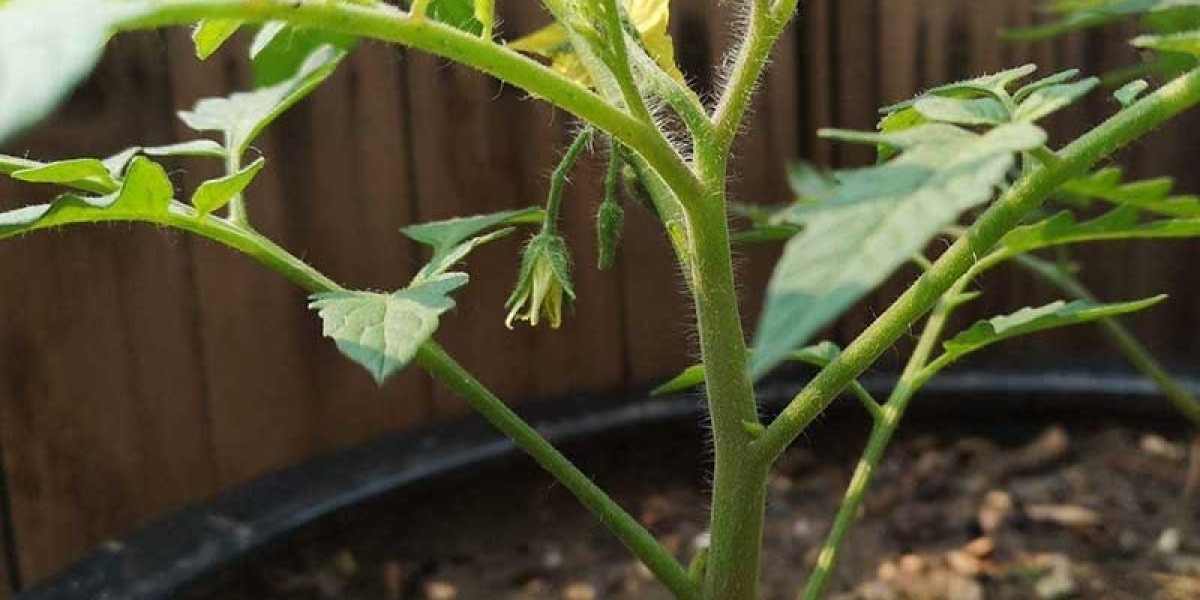Introduction
Timing is everything when planting. Knowing when to plant tomatoes in South Carolina can make all the difference. Understanding the local climate and soil conditions can give you a bountiful tomato harvest.
The Climate of South Carolina
You need to be aware of the USDA Hardiness Zone. It dictates the average annual minimum winter temperature. South Carolina is mostly zones 7 and 8, with average minimum temperatures ranging from 0 to 20°F in Zone 7 and 10 to 20°F in Zone 8. While these minimums are relatively mild, there can still be frost risks. Especially in the mountains or early in the spring.
Factors Influencing Tomato Planting Time
1. Soil Temperature
Tomato plants are sensitive to cold soil. This can stunt their growth and lead to less productive plants. Wait until soil temperatures reach at least 60 degrees Fahrenheit. This can avoid any damage to seedlings. Using a soil thermometer to determine if the ground is warm enough.
2. Last Frost Date
Finding out your area’s average last frost date is a key step. Coastal areas may have a longer growing season. This allows planting before those in the upstate. Wait an extra week if there's any doubt. Frosts are less likely in May. The safe planting zone for tomatoes is two weeks after the last frost date.
3. Days to Maturity
Square foot gardening tomatoes are categorized by their days to maturity. For example, early season types mature in 50-60 days, late season varieties can take 85 days or more. Plan accordingly based on the variety you choose. Ensure a plentiful harvest before the first fall frost hits. This is usually in mid to late October.
4. Weather Patterns
Keep an eye on the forecast when growing tomatoes in South Carolina. Ready to cover your plants if a late cold snap threatens. You can make the most of the planting season and protect young tomato plants.
When to Plant Tomatoes in SC?
1. Early-Season Planting
When to plant tomato seeds in South Carolina? Early-season planting in South Carolina is typically around late March to early April. This is a gamble with the last frost date. It offers the advantage of a longer growing season.
Consider starting your plants indoors. Move them outside after the frost. Look for varieties that can handle cool temperatures. For example, Early Girl or Celebrity. Before planting tomatoes in South Carolina, ensure the soil temperature is consistently above 60°F.
2. Mid-Season Planting
For most areas in South Carolina, mid-season planting is the safest bet. You can set out tomato transplants from late April to early May. The soil has usually warmed up well. The growing season is long enough for most varieties to mature fully.
Humidity can lead to diseases like blight. Choose disease-resistant cultivars. Consider growing tomatoes in raised beds to improve air circulation. Using a drip irrigation system or soaker hoses to water your 7 gallon pots. This can keep the leaves dry.
3. Late-Season Planting
Planting tomatoes late in the season, around June, can be a risky move. However, if you miss the optimal window, it may be the only option. These late-season plantings are often heat-tolerant varieties. For example, Heatwave or Solar Fire. They can withstand the South Carolina summer's intense heat and humidity.
Regular watering to combat heat stress when planting tomatoes in South Carolina. Shading the plants during the hottest parts of the day. Provide support against tropical storms.
How to grow tomatoes in South Carolina?
1. Soil Preparation
Start by clearing the spot when growing tomatoes in South Carolina. Work the soil at least 10 inches deep, mixing in organic matter. For example, compost or well-aged manure. This can enrich the soil and improve drainage.
2. Variety Selection
The diversity of tomato varieties is vast. But in South Carolina, you should choose some varieties for unexpected summer squalls. For example, the 'Better Boy', 'Celebrity', 'Cherokee Purple', and the hardy 'Homestead'.
3. Planting Techniques
Begin by digging a hole slightly deeper than the pot your tomato plant was grown in. The depth is about the plant's first set of leaves. Remove the lower leaves and lay the plant in the hole at an angle. Cover the root ball with soil. Water thoroughly to help plants establish quickly.
4. Mulching and Watering
Apply a layer of mulch around the base of your tomato plants. This combats the southerly sun and helps maintain soil moisture. Pine straw or wheat straw are excellent choices. Water the plants deeply at the base, especially during dry spells.
Monitoring and Care Throughout the Season
1. Pest and Disease Management
South Carolina’s warm and damp conditions are ideal for pests and diseases. For example, aphids, hornworms and late blight. Regularly inspect your plants in 5 gallon nursery pots. Use organic methods to control infestations early on. For example, neem oil spray or introduce beneficial insects.
2. Staking and Support
Tomato plants can grow surprisingly large and heavy with fruit. Staking or using cages will help support the plants as they grow. Keep the stems from breaking and the fruit off of the ground. Install these at the time of planting to avoid damaging the roots later.
3. Fertilization
Tomatoes are heavy feeders. They need a balanced diet of nutrients throughout their growing season. Fertilize them once a month with a 10-10-10 or 8-8-8 fertilizer. A slow-release form can also be effective. You can also side-dress with compost to give them an organic boost.
4. Pruning
Pruning your tomato plants can improve air circulation. This also allows more sunlight to reach the developing fruit. Remove suckers (the shoots that grow in the crotch between the main stem and lateral branches) before they grow too large.
Harvesting and Enjoying Your Tomatoes
1. Signs of Ripeness
Determining when to harvest your tomatoes is an art. Look for the fruit to develop its full color. This depends on the variety. It could be a vibrant red, yellow, or orange. The tomato should also give slightly to the touch and have a glossy sheen when ripe.
2. Techniques for Picking
To harvest, gently grasp the tomato. Twist it until it releases from the vine. If you must pull, do so gently to avoid damaging the plant. Cut tomatoes with a sharp knife or shears. This prevents undue stress on the plant.
3. Storage and Preservation
Storing tomatoes is a seasonal must for prolonged enjoyment. Store ripe tomatoes at room temperature unless fully ripe. Then, refrigeration will halt the ripening process and keep them fresh longer. For preserving, consider canning, making sauces, or freezing tomatoes for later use.
Conclusion
Discover when to plant tomatoes in SC. You'll soon be on your way to a bumper crop of homegrown tomatoes with a little planning.



